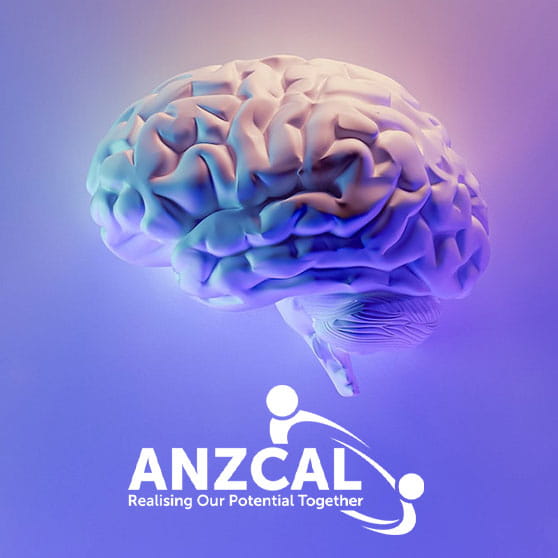The simple act of being grateful – no matter what!
Life can sure remind us we are alive. At times events and aspects of our lives can be overwhelming, a constant flow of things going wrong and perhaps, nothing going right. This can lead to feelings of lack of control, layered with emotions of frustration, anger and even sadness. Taking time to be grateful, show gratitude, can make a huge difference.
Emotions are essential to us as human and as a species we potentially have the most and the most intricate set of emotions. Simply put, emotions assist us in acting and responding with minimal thought. They trigger internal responses to prepare us for any potential action required. Emotions help us to communicate with others and influence our thoughts. But left unchecked, emotions can run away with us and make things seem helpless.
As a member of the human race, I understand the impact of the constant bombardment of events and emotions. Like other people, I experience them on a regular basis and some weeks the universe layers challenge upon challenge. So last year, as we travelled through a particularly difficult period of life, our family introduced the Gratitude Jar.
Psychologically the practice of gratitude is great. It not only aids our emotional health; it can also improve our physical wellbeing as well. The body and the mind are connected, they are not separate. The simple act of daily gratitude can:
- Improve our aspect of a brighter future and positivity in life
- Reduce our stress and thus reduces stress related symptoms such as sleeplessness, high blood pressure and low immune system
- Improve our self-esteem
- Increase our resilience
- Enhance our ability to be compassionate to others
- Aid humility and optimism
- Help us to look past the material aspects of the world to understand what is truly important in life
and so much more.
So, back to our jar. There are three of us in the house so we each have a different colour paper. It isn’t compulsory, nor does the gratitude expression have to be done daily, regularly is the required practice. We had a lot to be grateful for (or rather a lot to deal with so in need of the gratitude jar) so we started with daily practice. And, because the jar is clear, it is fun to see the colours come through – and we felt better.
I think there are some integral things to ensuring you get the most from your gratitude practice:
- Don’t keep repeating the same things you are grateful for -keep adding new things and…
- Keep it simple. Sometimes our life has become overwhelming because we want more and more. Keep your gratitude to simple things, it reminds you of what you have naturally!
- More is better, particularly in the beginning. Make a point of noticing several times a day what you have, rather than what you don’t have.
- Write in the positive; it focusses the mind on the positive. Rather than writing “I didn’t lose my temper at work today”, write “I kept a much more even temper at work today”.
- Be sincere! You must believe what you note, so be sincere. If the only good thing that happened today was that the coffee you had was a good coffee, then write that.
- Energise your gratitude by noting the emotion internally. As you write, access the feeling of gratitude. By doing this the connection is stronger. Being a visual person, I run the movie or bring the picture back into my mind so I can feel happy or grateful or compassionate as I write. Everything is energy and the more positive energy we add to the practice the more over riding of negativity it can become.
Of course, it doesn’t have to be a jar. Use a notebook or create a picture board over time or even, tell someone else each day what your gratitude is; share it with the family pet. The point is, it is the act of being grateful that is important as there are health benefits in practicing gratitude.
Our thoughts, as much as our actions are energy. I am reminded of the work of Dr Masaru Emoto who has researched and performed many studies on how our intentions can alter the structure and energy of water. He would expose water to words, recordings and music of many forms, freeze the water and look at the crystals under a microscope. He found that kind words and suggestions and soft music formed beautiful crystals while unkind words, more chaotic music created disturbances and malformations within the water crystals.
Over 50% of our bodies are water, and over 60% of a child’s body is water. If the power of words and music can impact water in such a way as Dr Emoto has discovered the question that must be asked is “what are we doing to ourselves if we continually hold more negative thoughts and emotions than positive ones?”
But don’t take my word for it. Give yourself a 30-day challenge to authentically try it. It is working for us.
Christine Walter is a Master NLP Practitioner and NLP Trainer, Hypnotherapist, Life Coach and mBit Coach. She offers training courses via the NZ School of Life Coaching and through her own business Lodestone. She is also a Director of Australia and New Zealand Coaching Alliance.


By leaving a comment you agree with the storage and handling of your data by this website. You can learn more about how we handle you comment information in our Privacy Policy. We are using Akismet to reduce comment spam. Learn how they process your comment data.